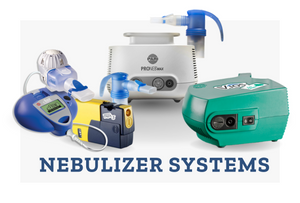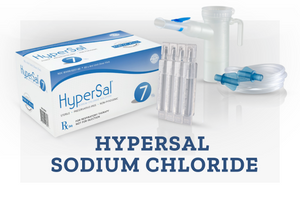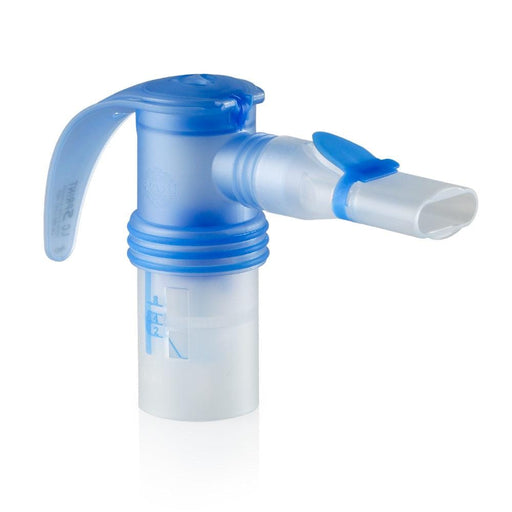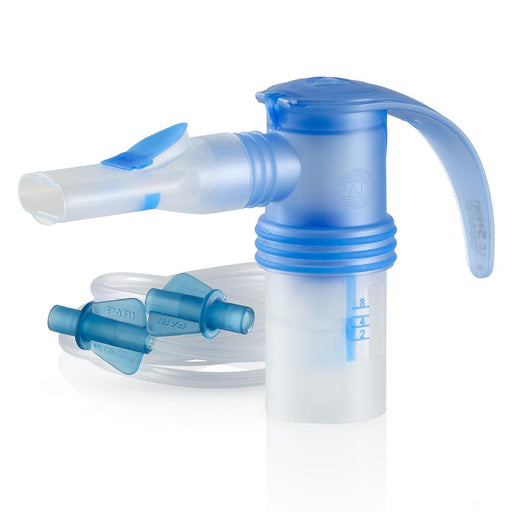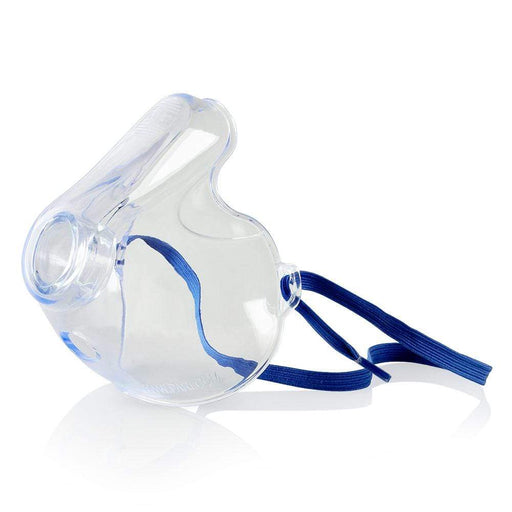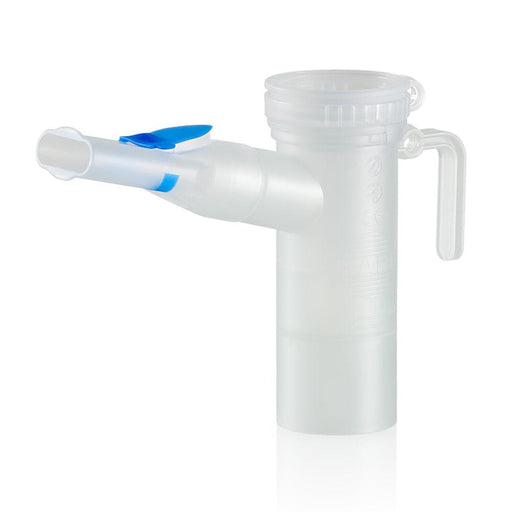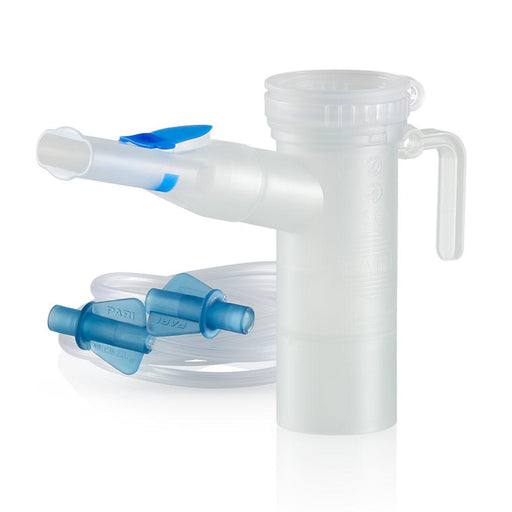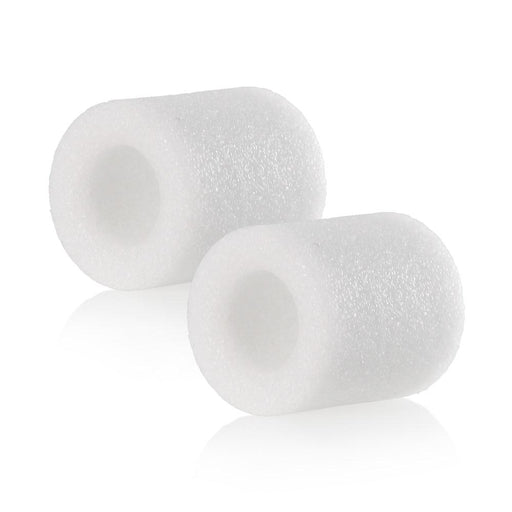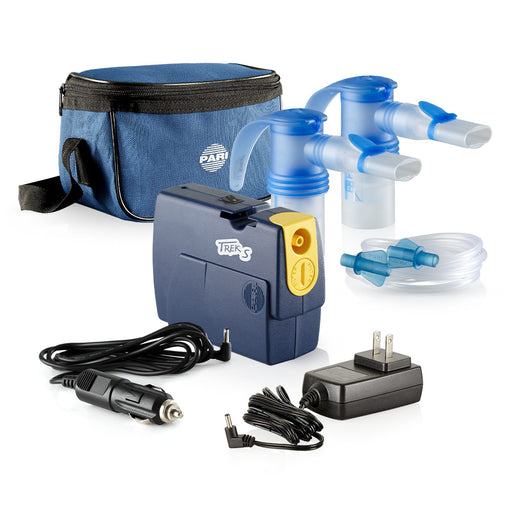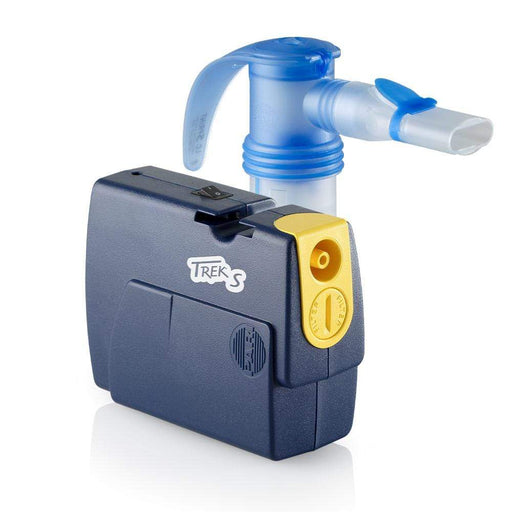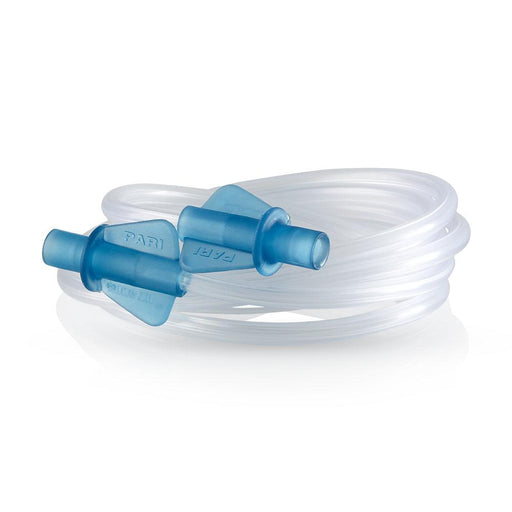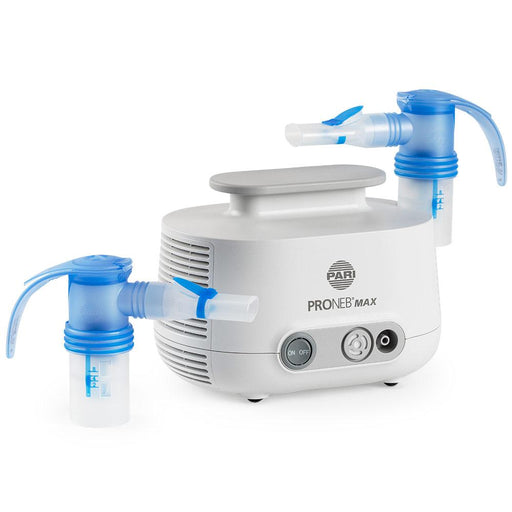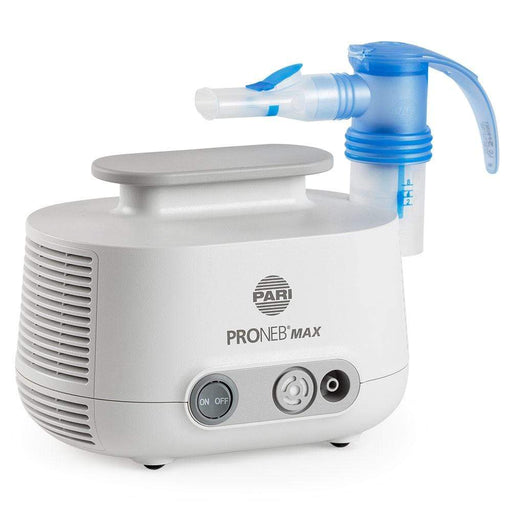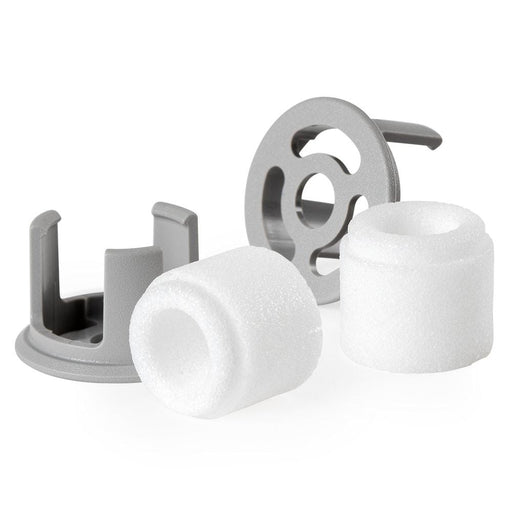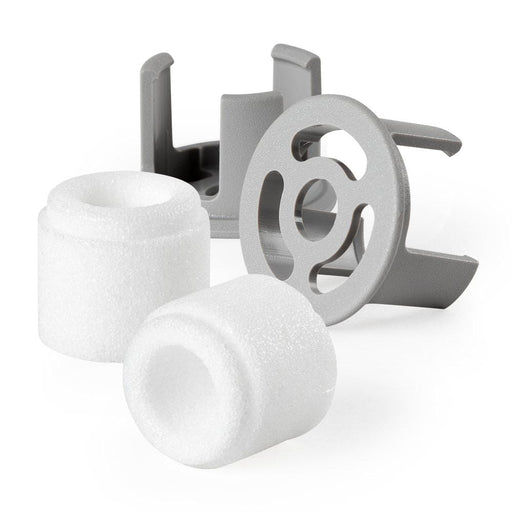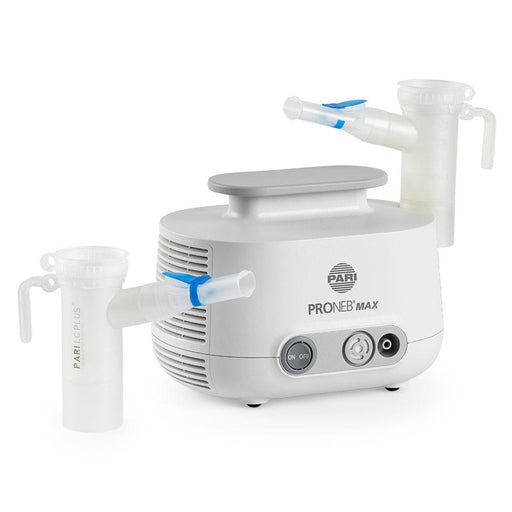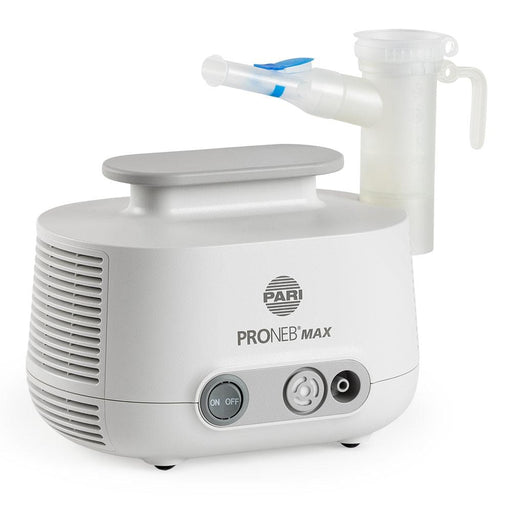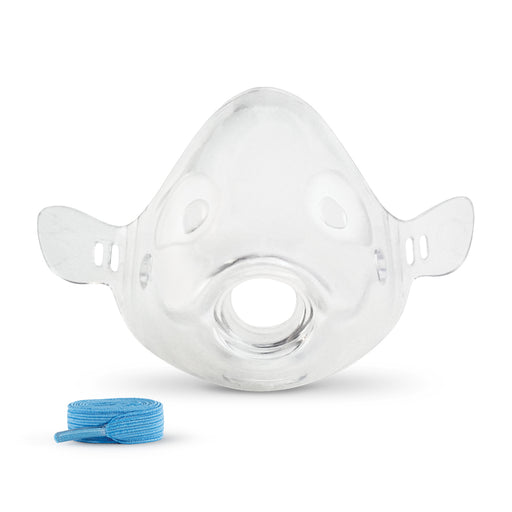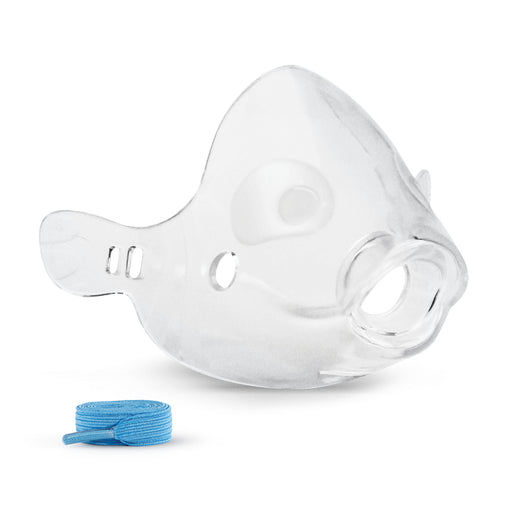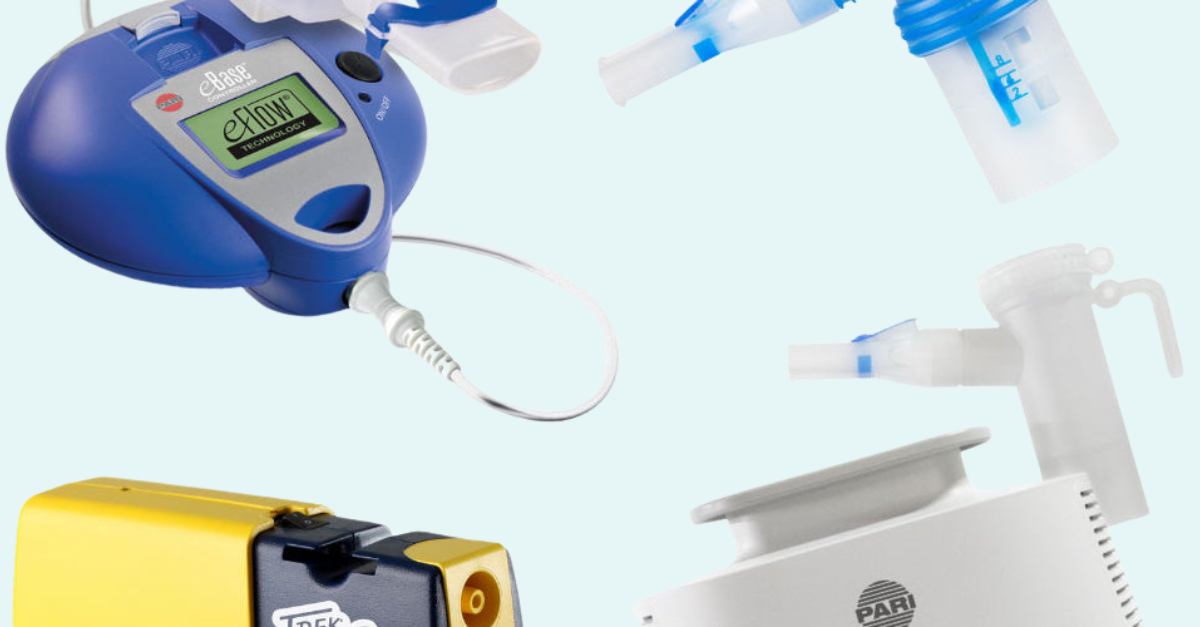
What Are the Different Types of Nebulizers?: Compare & Choose
What Are the Different Types of Nebulizers?
Nebulizers are medical devices that turn liquid medicine into a mist that you can then easily inhale. For those who struggle with respiratory illnesses – like asthma and chronic obstructive pulmonary disease (COPD)– nebulizers function to deliver medications deep into the lungs. Nebulizers are especially useful for young children or individuals unable to use other devices like metered dose inhalers, and for those who prefer nebulizers.
Inhalation devices have existed for centuries and the earliest technologies were developed from papyrus around 1554 BCE. Technology advanced quickly from the 1850s to the 1950s, as innovators learned how to atomize medicine in liquid form and develop spray inhalers. People with asthma began using handheld atomizers in the early 1900s, and the first pressurized metered-dose inhaler hit the market in 1955.
Nebulizers have come a long way since the 1950s, and patients can now choose between a variety of table-top models that make it easier to administer their breathing treatments at home, like jet nebulizers, vibrating mesh, and ultrasonic models. Patients also have access to portable and travel-friendly nebulizers – like the PARI Trek S Portable Nebulizer System – which can be used on the go. Many adult patients prefer to use a handheld nebulizer, while nebulizers with masks are available for children who cannot use a mouthpiece.
Vibrating mesh are the newest nebulizers that operate silently to create medicated aerosols for patients to inhale. Nebulizers today produce fine aerosol particles that you can easily inhale deep into your lungs, where the medication then works to treat asthma, COPD, cystic fibrosis, and other respiratory conditions.
Types of Nebulizers
There are three main types of nebulizers available today: jet, ultrasonic, and vibrating mesh or membrane. Each type of nebulizer system produces medicated aerosol in a slightly different way to deliver these particles deeply into the lungs. Other differences between these types of nebulizers are their efficiency and the amount of medication they deliver to the lungs.
Nebulizer medications come in different formulations. Many come in the form of a solution, while some are suspensions. In a solution, the drug mixture is completely dissolved in the formulation, which makes it easy to aerosolize. Drug particles are not completely dissolved in a suspension formulation, which makes it difficult for some nebulizer types to aerosolize.
When choosing a nebulizer, consider factors such as:
-
Portability: Some models are compact and battery-operated, ideal for travel or on-the-go use.
-
Noise level: Mesh nebulizers are generally the quietest, while jet nebulizers tend to be louder.
-
Treatment time: Mesh nebulizers and breath-enhanced jet nebulizers often deliver medication faster than other types.
-
Maintenance requirements: Some nebulizers require more frequent cleaning and part replacements.
-
Cost: Prices range from affordable jet nebulizers to more expensive mesh models.
-
Compatibility with prescribed medications: Ensure the chosen nebulizer can effectively deliver your specific medication.
Ultimately, the efficiency of a nebulizer depends on how much of the drug can reach the lungs. Residual volume, or the amount of unused medication remaining in the medicine cup at the end of your treatment is one consideration. Some types of nebulizers leave very little residual volume, which makes them more efficient because almost all of the drug is delivered to the lungs.
Here is a complete breakdown of the different types of nebulizers to choose from, to help patients find the system that is right for them.
What Is a Jet Nebulizer?
Jet nebulizers use compressed gas to make a medicated mist. These nebulizers deliver this gas through a pressurized stream of air, down a narrow tube or channel, and through an opening to create a jet. The movement of the air creates a vacuum that pushes the liquid medication out of the nebulizer, facilitated by the air compressor.
Delivering compressed gas through a jet causes an area of negative pressure that draws the liquid medicine up the tube or channel, in what scientists refer to as the Bernoulli effect. The air flowing forces the solution onto the surface of a baffle. The baffle breaks down the solution into small droplets, measuring 1 to 5 micrometers, which a patient can easily inhale.
Advantages of Jet Nebulizers
-
Cost-Effective: Jet nebulizers are generally the most affordable type of nebulizer.
-
Versatility: They can deliver a wide range of medications, including those that cannot be administered by handheld inhalers.
-
Ease of Use: Simple operation makes them suitable for patients of all ages, including children and the elderly.
-
Medication Compatibility: Jet nebulizers can handle both solutions and suspensions effectively.
Jet nebulizers are inexpensive, easy to use, and can deliver a variety of medications that cannot be administered by handheld inhalers.
Ultrasonic Nebulizers
Ultrasonic nebulizers do not use airflow to form an aerosol. Instead, these nebulizers use ultrasonic sound waves to create a vibration that breaks down the liquid into tiny particles.
More specifically, these nebulizers use a vibrating piezoelectric crystal to create ultrasonic sound waves. Certain crystals are piezoelectric, which means they generate an electric charge when compressed or struck. These piezoelectric crystals oscillate (or vibrate) at different rates depending on their size. As the crystal vibrates back and forth, it generates an electrical charge.
A vibrating piezoelectric crystal can produce cavitation, which is the formation of vapor bubbles at the surface of the liquid. Cavitation causes ultrasonic waves, measuring 1.63 MHz, which generate aerosols. A fan or the patient’s own inhalation then draws the aerosol into their lungs.
Vibrating Mesh or Membrane Nebulizers
Vibrating mesh nebulizers are also driven by a piezo element, but they use the energy of ultrasonic frequencies to vibrate mesh to generate a dense aerosol.
As the liquid passes through microscopic holes in the membrane, the vibrating action generates medicated aerosol. In contrast, ultrasonic nebulizers produce ultrasonic waves directly into the solution, which produces aerosol on the surface of the liquid.
Mesh nebulizers present a number of advantages, as well. Mesh nebulizers produce consistent aerosol particles that reach deep into the lungs. Some mesh nebulizers are highly specialized, and these devices allow for custom adjustments to increase the delivery efficiency of specific drugs. For example, the size of the mesh pores, the aerosol chamber, and the reservoir can be adjusted based on the characteristics of a specific drug formulation. The output rate can be adjusted for different drugs to improve the speed of delivery of various aerosol medications to patients.
Patients may prefer mesh nebulizers because these devices are fast, quiet, portable, and easy to use. Mesh nebulizers also have a self-contained power source.
Mesh nebulizers do have some drawbacks, though. Mesh nebulizers can clog when nebulizing viscous solutions if not properly cleaned or maintained. If you choose a mesh nebulizer, it will be important to follow the manufacturer’s instructions for proper cleaning to prevent any clogging of the mesh or tubing.
Ultrasonic Nebulizers vs Jet Nebulizers vs Mesh Nebulizers
While jet nebulizers are often a preferred method of treatment for those with pulmonary and respiratory diseases, the machines are usually larger and require a source of power to function. Ultrasonic nebulizers have many limitations compared to jet nebulizers. Unlike jet nebulizers, they cannot deliver suspensions. Therefore, they should not be used with suspension drug formulations.
Since both ultrasonic and mesh nebulizers use ultrasonic waves to create the medicated mist, many people confuse these two different types of nebulizers. This is especially true when it comes to the delivery of suspension formulations. Some assume that, like ultrasonic nebulizers, mesh nebulizers cannot deliver suspensions.
When you choose a PARI nebulizer from Nebology, you’re buying clinically proven systems from a trusted name. With our nebulizers – like the PARI eRapid Nebulizer System – treating respiratory diseases is quick, comfortable, and effective. For more information on the various types of nebulizers and which system is best for you, speak with your respiratory professional.
Key Considerations for Selecting a Nebulizer
Choosing the right nebulizer can make a significant difference in managing respiratory conditions effectively. With various types available, it’s important to evaluate their features, benefits, and limitations to find the best fit for your needs.
Understand the Types of Nebulizers
There are three primary types of nebulizers: mesh nebulizers, jet nebulizers, and ultrasonic nebulizers. Each operates differently and caters to specific needs.
Mesh nebulizers are known for their advanced technology, using a fine mesh to create an aerosolized mist of medication. These nebulizers are portable, lightweight, and quiet, making them a convenient choice for those with active lifestyles or for children who may be sensitive to noise. Be aware that their delicate components require regular maintenance and cleaning to prevent clogging.
Jet nebulizers are more traditional and commonly found in clinical settings. They use compressed air to turn liquid medication into a mist, offering reliability and compatibility with a wide range of medications. While they tend to be bulkier and noisier, they are often more cost-effective.
Ultrasonic nebulizers utilize high-frequency vibrations to produce medication mist. They are faster and quieter than jet nebulizers - suitable for those seeking efficiency and comfort. They may not be compatible with certain medications, however, such as suspensions or high-viscosity solutions.
Consider Treatment Needs
The choice of nebulizer often depends on the specific condition being treated. Individuals with asthma or chronic obstructive pulmonary disease (COPD) may find jet nebulizers effective due to their ability to deliver a variety of medications consistently. Those managing cystic fibrosis or other conditions requiring frequent treatments might prefer the speed and convenience of a mesh nebulizer. Consulting with a healthcare provider can help determine which type best suits your therapeutic needs.
Portability and Convenience
Portability is a significant factor for many users, particularly those who travel frequently or need to use their nebulizer outside the home. Mesh nebulizers are compact and battery-operated, offering ease of use and convenience. In contrast, jet nebulizers are generally designed for stationary use, requiring a power outlet. If mobility is a priority, mesh or ultrasonic models are worth considering.
Medication Compatibility
Different nebulizer types vary in their compatibility with medications. Jet nebulizers are versatile, accommodating most liquid medications, including bronchodilators, corticosteroids, and saline solutions. Mesh nebulizers, while effective, may struggle with thicker medications or suspensions. Ultrasonic nebulizers excel in delivering solutions quickly but are not suitable for all drug formulations, particularly those sensitive to heat.
Speed and Efficiency
The speed of medication delivery can influence treatment adherence, especially for individuals with busy schedules. Mesh and ultrasonic nebulizers are typically faster than jet nebulizers, delivering medication in minutes. Jet nebulizers are reliable and consistent, albeit slower, making them a good choice for those who prioritize thorough treatments over speed.
Noise Levels
For those needing nighttime treatments or for children, noise can be a critical consideration. Mesh and ultrasonic nebulizers operate quietly, providing a discreet and comfortable experience. Jet nebulizers can be noticeably louder, which might be disruptive in certain settings.
Durability and Maintenance
Maintenance requirements differ significantly among nebulizer types. Jet nebulizers, with fewer delicate parts, are durable and straightforward to clean. Mesh nebulizers, while innovative, have components like the mesh screen that requires meticulous care to avoid damage or clogging. Ultrasonic nebulizers also need regular maintenance to ensure optimal performance, as residue can accumulate on the vibrating plate.
Cost Considerations
Cost is an important factor for many users with jet nebulizers being the most affordable upfront and having lower maintenance costs. Mesh nebulizers, with their advanced features and portability, tend to be more expensive initially and may have higher long-term costs due to the need for part replacements. Ultrasonic nebulizers fall in the mid-range but may require additional investment if specific medications are unsuitable.
Power Source Options
Battery-operated mesh nebulizers offer unmatched convenience for travel and outdoor use. Jet nebulizers often require a stable power outlet, limiting their portability. Ultrasonic nebulizers may have options for both battery and plug-in operation, offering flexibility based on user needs.
User Age and Comfort
Different nebulizer types cater to varying user demographics. Mesh nebulizers are particularly well-suited for children due to their quiet operation and quick delivery times. Seniors or individuals with mobility challenges might prefer jet nebulizers for their simplicity and reliability, though the bulkier design could be a drawback. Ultrasonic nebulizers offer a balanced option, combining efficiency with user-friendly features.
In Closing, Here’s What You Need to Know
Selecting the right nebulizer requires balancing multiple factors, from treatment needs and portability to cost and maintenance. By understanding the unique advantages and limitations of each type, users can make an informed decision that refines their respiratory care and supports their lifestyle. For personalized advice, consulting a healthcare provider or respiratory therapist is highly recommended!
SHOP CLINICALLY PROVEN NEBULIZER SYSTEMS & SUPPLIES
-
PARI LC Sprint Reusable Nebulizer Cup & Tubing: Speed & Comfort Combined
Original price $15.95 - Original price $15.95Original price$15.95$15.95 - $15.95Current price $15.95In stockOriginal price $15.95 - Original price $15.95Original price$15.95$15.95 - $15.95Current price $15.95 -
PARI LC Adult Aerosol Mask: Comfortable, Effective Medication Delivery
Original price $6.00 - Original price $6.00Original price$6.00$6.00 - $6.00Current price $6.00In stockOriginal price $6.00 - Original price $6.00Original price$6.00$6.00 - $6.00Current price $6.00 -
PARI LC Plus Reusable Nebulizer Cup & Tubing: Reliable Aerosol Delivery
Original price $15.95 - Original price $15.95Original price$15.95$15.95 - $15.95Current price $15.95In stockOriginal price $15.95 - Original price $15.95Original price$15.95$15.95 - $15.95Current price $15.95 -
Filters for PARI Vios, Ultra II, and Trek S System - 2 Per Package
Original price $9.45 - Original price $9.45Original price$9.45$9.45 - $9.45Current price $9.45In stockOriginal price $9.45 - Original price $9.45Original price$9.45$9.45 - $9.45Current price $9.45 -
PARI Trek S Portable Nebulizer System with LC Sprint: High-Quality On-the-Go Therapy
Original price $79.00 - Original price $189.00Original price$79.00 - $189.00$79.00 - $189.00Current price $79.00In stockOriginal price $79.00 - Original price $189.00Original price$79.00 - $189.00$79.00 - $189.00Current price $79.00 -
PARI Wing Tip Tubing: Secure, Tangle-Free Connection for Better Treatments
Original price $8.00 - Original price $8.00Original price$8.00$8.00 - $8.00Current price $8.00In stockOriginal price $8.00 - Original price $8.00Original price$8.00$8.00 - $8.00Current price $8.00 -
PARI PRONEB Max Nebulizer System with LC Sprint: Powerful & Efficient
Original price $99.00Original price $99.00 - Original price $99.00Original price $99.00Current price $84.99$84.99 - $84.99Current price $84.99In stockOriginal price $99.00Original price $99.00 - Original price $99.00Original price $99.00Current price $84.99$84.99 - $84.99Current price $84.99Sale -
Filters for PARI PRONEB Max System (2 Per Package): Clean, Efficient Treatments
Original price $9.95 - Original price $9.95Original price$9.95$9.95 - $9.95Current price $9.95In stockOriginal price $9.95 - Original price $9.95Original price$9.95$9.95 - $9.95Current price $9.95 -
PARI PRONEB Max Nebulizer System with LC Plus: Effective Heavy-Duty Therapy
Original price $99.00Original price $99.00 - Original price $99.00Original price $99.00Current price $84.99$84.99 - $84.99Current price $84.99In stockOriginal price $99.00Original price $99.00 - Original price $99.00Original price $99.00Current price $84.99$84.99 - $84.99Current price $84.99Sale -
PARI Bubbles Pediatric Aerosol Mask: Gentle, Fun Treatments for Kids
Original price $5.95 - Original price $5.95Original price$5.95$5.95 - $5.95Current price $5.95In stockOriginal price $5.95 - Original price $5.95Original price$5.95$5.95 - $5.95Current price $5.95

